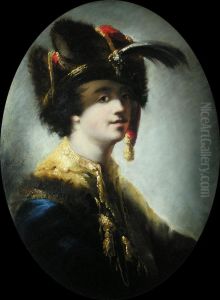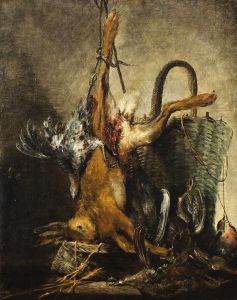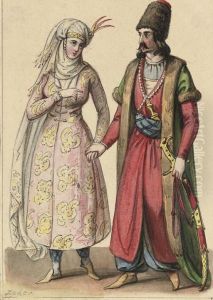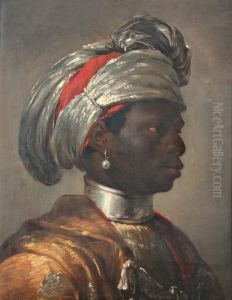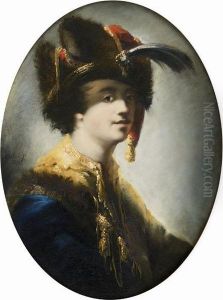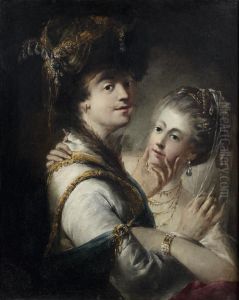Matthaus Loder Paintings
Matthäus Loder was an Austrian painter, born on April 11, 1781, in Vienna. He is known for his contributions to landscape painting and watercolor art during the late 18th and early 19th centuries. Loder developed his artistic skills at a young age and was influenced by the burgeoning Romantic movement, which emphasized emotion and individualism as well as glorification of the past and nature.
Loder initially studied at the Akademie der bildenden Künste (Academy of Fine Arts) in Vienna, where he honed his technical skills and absorbed the principles of the classical approach to art. However, he soon became drawn to the emerging Romantic style, which would come to define much of his later work. His education at the academy allowed him to interact with other artists and intellectuals of the time, which further shaped his artistic philosophy and style.
Throughout his career, Loder specialized in landscapes, often depicting the Austrian countryside with a keen eye for naturalistic detail and a sensitive approach to light and atmosphere. His landscapes were not just mere representations of nature; they often conveyed a sense of the sublime, reflecting the Romantic interest in the awe-inspiring and overwhelming aspects of the natural world.
Loder's works were well-received, and he gained a reputation as a skilled landscape painter. He became a member of the Vienna Academy in 1806 and later, in 1819, he was appointed as a professor at the same institution. His teaching position allowed him to influence a generation of young artists, many of whom would continue the tradition of landscape painting in Austria and beyond.
Matthäus Loder died relatively young, on May 26, 1828, in Vienna, leaving behind a legacy of art that captured the Romantic spirit of his time. His paintings can be seen in various art collections and museums, where they continue to be appreciated for their contribution to the Romantic landscape genre.
